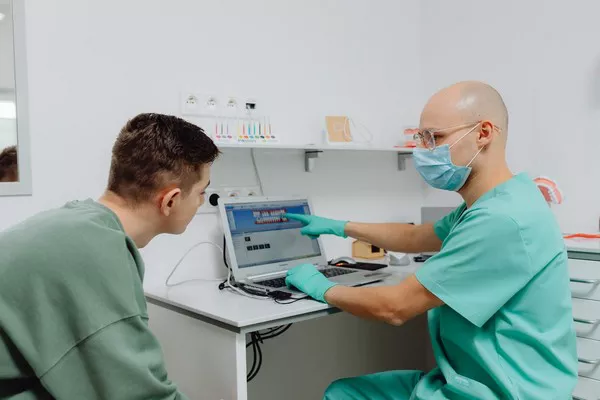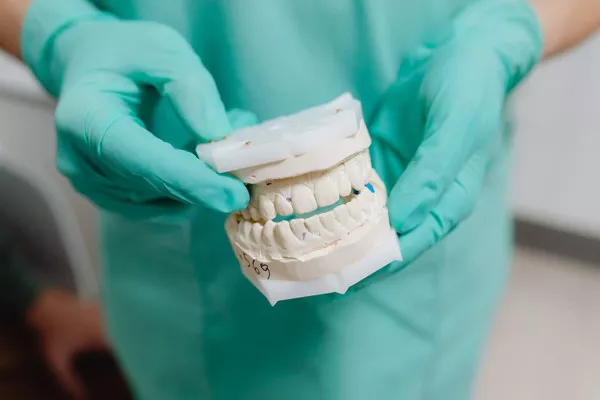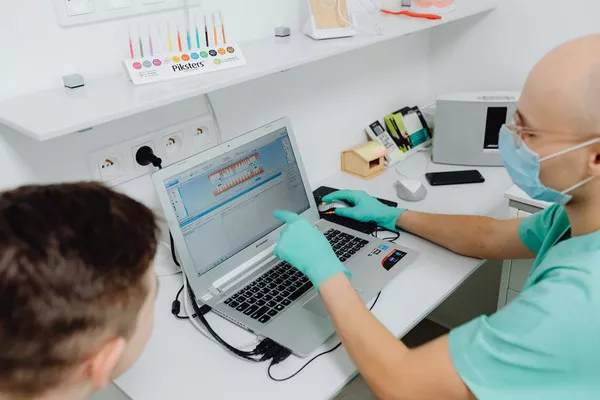Gingivitis, a common form of gum disease, is characterized by inflammation and infection of the gum tissues. If left untreated, it can progress to a more severe condition known as periodontitis, leading to irreversible damage to the gums and underlying bone. One question often asked by individuals with gingivitis is whether their gums can grow back to their healthy state. This article aims to provide a comprehensive understanding of gingivitis, its impact on gum health, the potential for gum tissue regrowth, and the importance of early intervention.
Understanding Gingivitis and Gum Health
Gingivitis occurs when plaque, a sticky film of bacteria that forms on teeth, is not adequately removed through proper oral hygiene practices like brushing and flossing. The bacteria in plaque release toxins that irritate the gums, causing inflammation and swelling. Symptoms of gingivitis include red, swollen, and bleeding gums, as well as bad breath.
With prompt treatment and improved oral hygiene habits, gingivitis is reversible. However, if left untreated, it can progress into periodontitis, a more severe form of gum disease characterized by irreversible damage to the gums and supporting structures.
The Potential for Gum Tissue Regrowth
While the damage caused by gingivitis can be reversed, the extent to which gum tissue can regrow depends on various factors:
a. Early Intervention:
Recognizing the signs of gingivitis and seeking treatment promptly greatly increases the chances of successful gum tissue regrowth. Addressing the root cause of the inflammation and improving oral hygiene practices are critical steps in the process.
b. Professional Dental Care:
A dentist or dental hygienist can perform a deep cleaning procedure called scaling and root planing to remove plaque and tartar buildup from below the gumline. This helps eliminate the source of inflammation, allowing the gums to heal and potentially regrow.
c. Improved Oral Hygiene:
Maintaining excellent oral hygiene practices is vital for gum tissue regrowth. Regular and thorough brushing, flossing, and rinsing with antimicrobial mouthwash can help remove plaque and bacteria, promoting a healthy oral environment.
d. Periodontal Maintenance:
After initial treatment, individuals with a history of gingivitis may require ongoing periodontal maintenance visits to monitor gum health, perform professional cleanings, and provide guidance on proper oral care.
e. Individual Factors:
The ability of gum tissue to regrow varies among individuals and depends on factors such as overall health, genetics, and the severity of the initial gum disease. It’s important to consult with a dental professional to assess individual circumstances.
Techniques for Gum Tissue Regrowth
Several techniques and procedures may aid in gum tissue regrowth and restoration:
a. Gum Grafting:
In cases where significant gum recession has occurred due to gingivitis or periodontitis, gum grafting may be recommended. This procedure involves taking tissue from another area of the patient’s mouth, typically the palate, and grafting it onto the areas with gum recession. This helps restore lost gum tissue and enhances both functionality and aesthetics.
b. Laser Therapy:
Laser-assisted techniques, such as laser gum therapy, can stimulate gum tissue regeneration. The laser energy targets diseased gum tissue while promoting the growth of healthy tissue. Laser therapy also reduces discomfort and promotes faster healing compared to traditional surgical methods.
c. Guided Tissue Regeneration:
This technique involves using barrier membranes to isolate and protect the affected area during healing. These barriers prevent the migration of gum tissue cells from the nearby bone and encourage the growth of new gum tissue in the treated area.
d. Platelet-Rich Plasma (PRP):
PRP therapy utilizes the patient’s own blood, which is processed to concentrate platelets and growth factors. When applied to the affected gums, PRP can aid in tissue regeneration by promoting cell growth and accelerating healing.
e. Oral Health Maintenance:
Consistent adherence to proper oral hygiene practices, including regular brushing, flossing, and professional cleanings, is essential for gum tissue regrowth. Good oral health habits help prevent plaque buildup and reduce the risk of recurring gingivitis or periodontal disease.
Prevention and Long-Term Gum Health
Preventing gingivitis and maintaining long-term gum health is crucial to avoid future complications. Here are some preventive measures:
a. Effective Oral Hygiene:
Brush your teeth at least twice a day with a soft-bristled toothbrush and fluoride toothpaste. Floss daily to remove plaque from between teeth and along the gumline. Consider using an antimicrobial mouthwash as part of your oral care routine.
b. Regular Dental Check-ups:
Visit your dentist regularly for check-ups and professional cleanings.
Conclusion:
It’s important to remember that each individual’s response to treatment and potential for gum tissue regrowth may vary. Some individuals may experience significant improvement, while others may have limitations in tissue regeneration due to factors such as genetics, underlying health conditions, or the extent of the initial gum disease.
In cases where there is significant gum recession due to advanced gum disease (periodontitis), gum grafting procedures may be recommended. Gum grafting involves taking tissue from another area of the mouth, such as the palate, and grafting it onto the areas with gum recession, helping to restore lost gum tissue.
Prevention is key to maintaining long-term gum health and preventing the recurrence of gingivitis. Practicing effective oral hygiene, including regular brushing, flossing, and professional cleanings, can help minimize the risk of gum disease. It’s also important to maintain a healthy lifestyle, avoid tobacco use, manage stress levels, and eat a balanced diet.
Consulting with a dental professional is crucial for an accurate diagnosis, personalized treatment plan, and guidance on maintaining optimal oral health. They can assess the specific condition of your gums, provide appropriate treatment, and offer recommendations for long-term gum health maintenance.
Related Topics:































